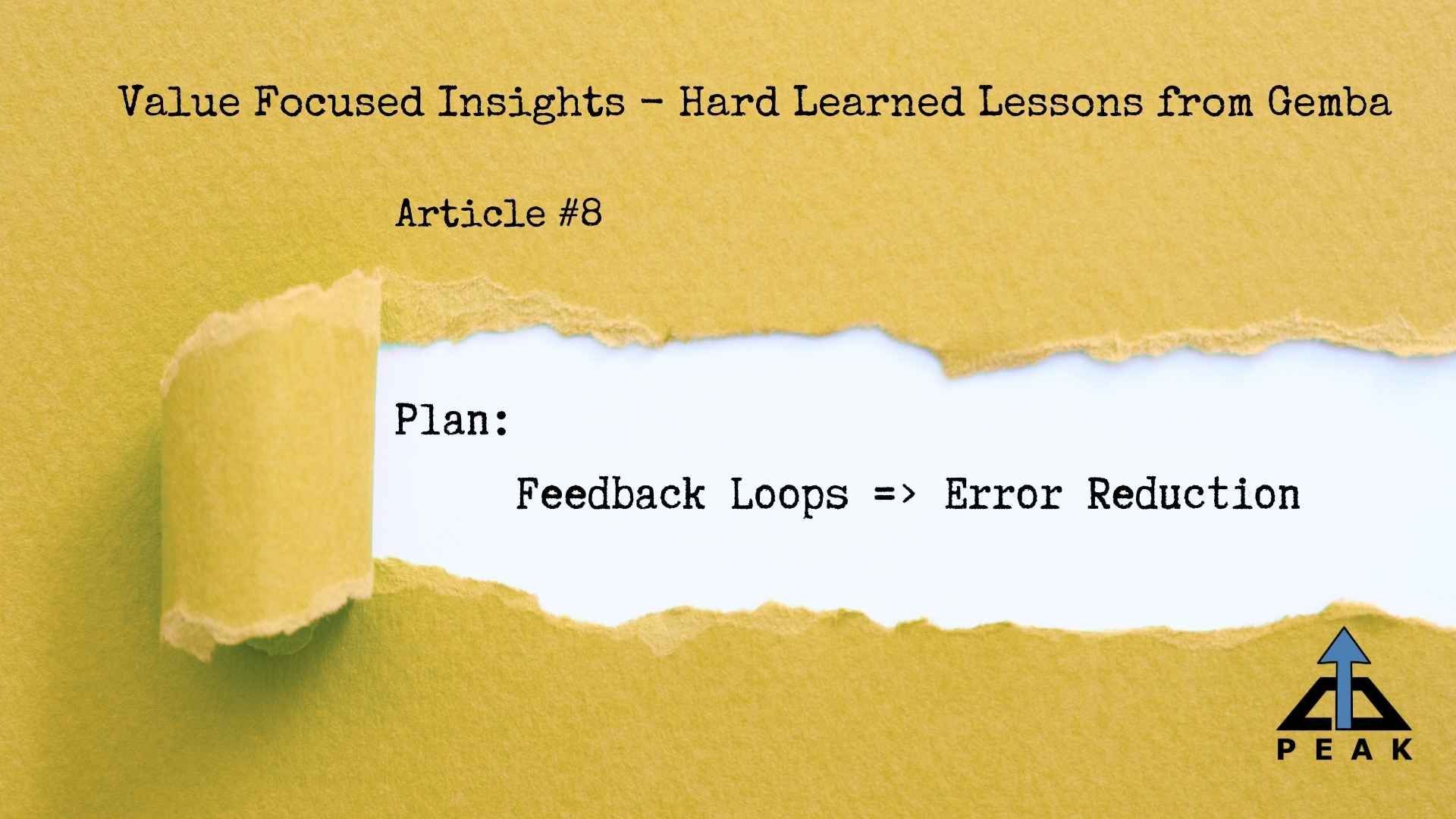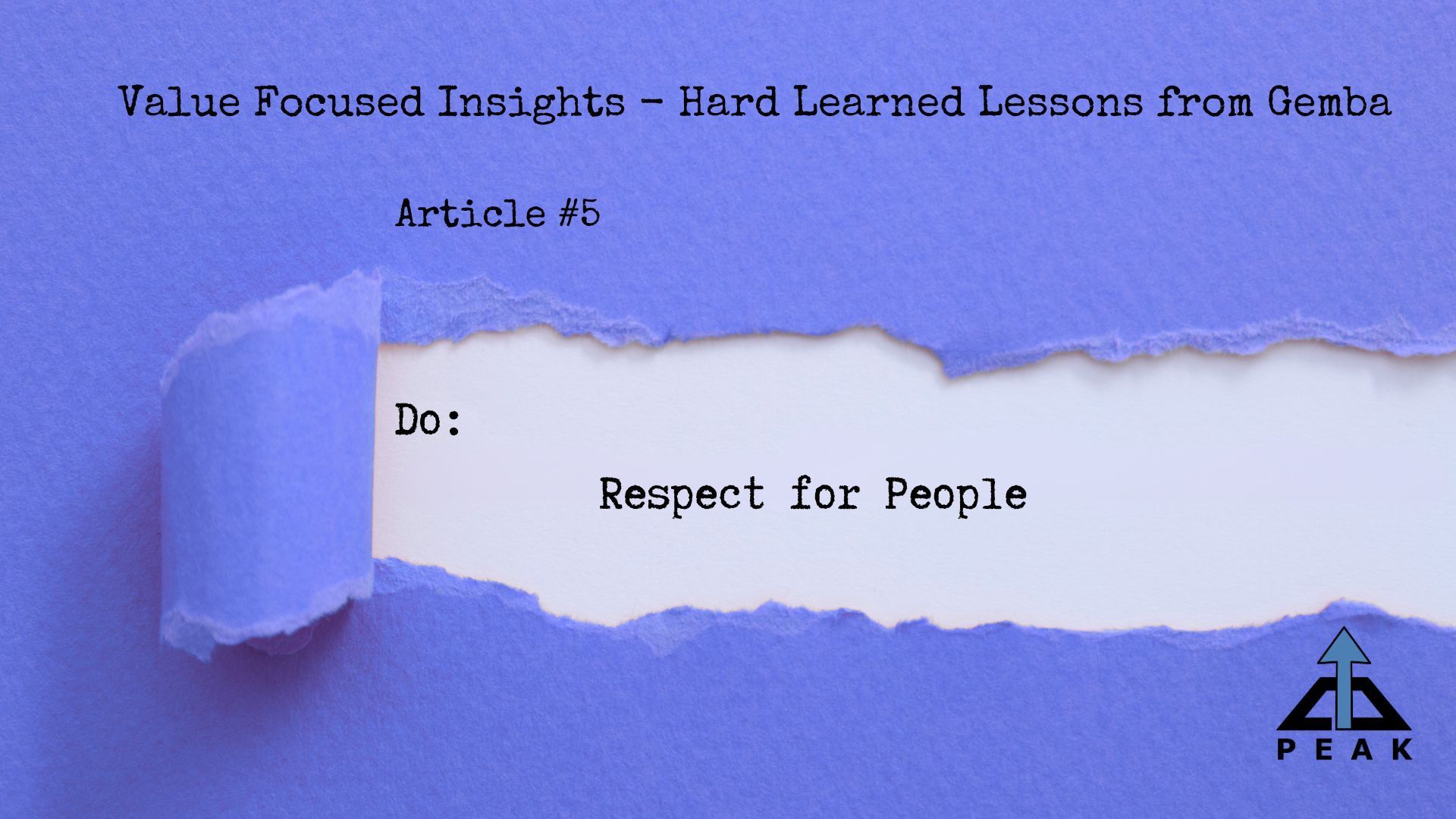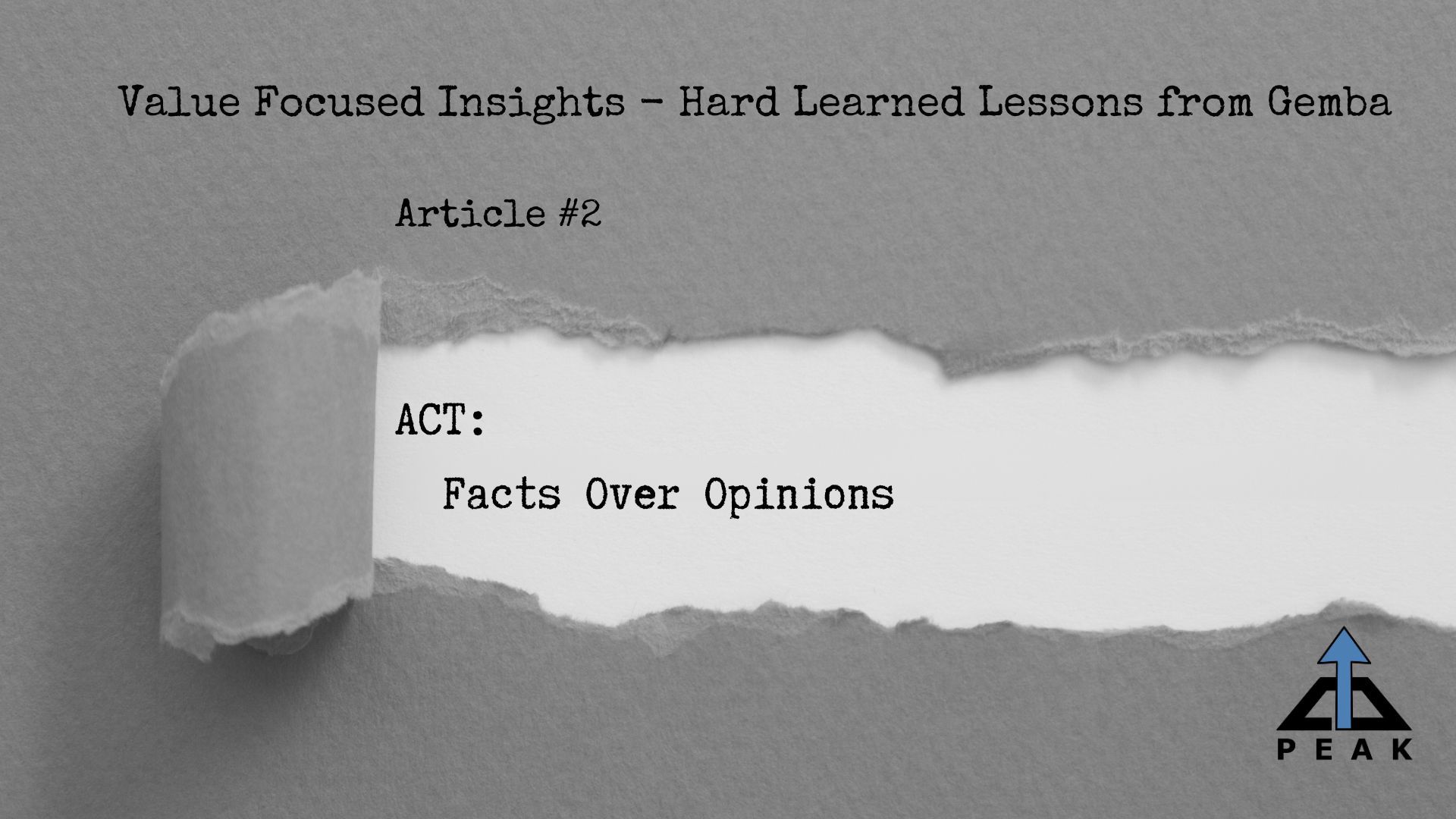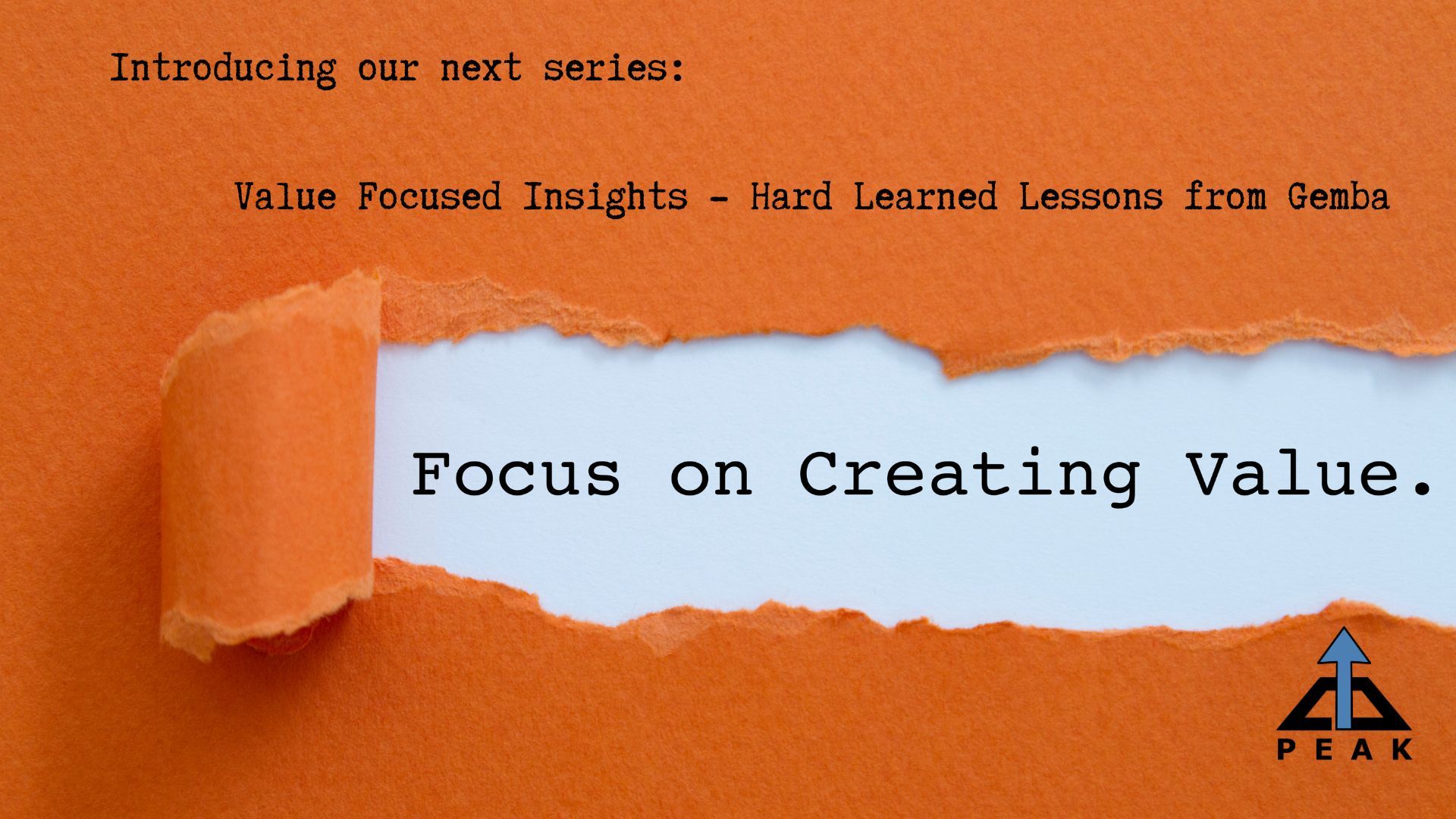Value-Focused Insights - Developing a Team-Centric Culture
Tim Upchurch
Great teams make things happen - whether it's pulling a win out at the last minute or beating metrics to save the quarter. Bad teams perform poorly, never seem to "catch a break" and eventually lead to management changes. This is the way.
If you are in responsible for a team - there is no bigger expectation than for you to build it into a cohesive force that wins.
- What drives the people in your organization and how does your management behavior influence it?
- Do you have a group of individuals that only work together when it's favorable for them or do you have a team that is selflessly focused on collective success?
- How do you convert a team made up of "ME-people" into "WE-people"?
How do you get people to be less about themselves and more about the team? Your approach should be one that transcends individual accomplishments, emphasizing the power of a collaborative and team-centric culture. The good news is it doesn't have to necessarily start with your onboarding or selection process. That can easily be adjusted if you aren't getting people with the right values on the team. You can start from where you're at. Let's define how cultivating this mindset becomes a cornerstone for sustained excellence.
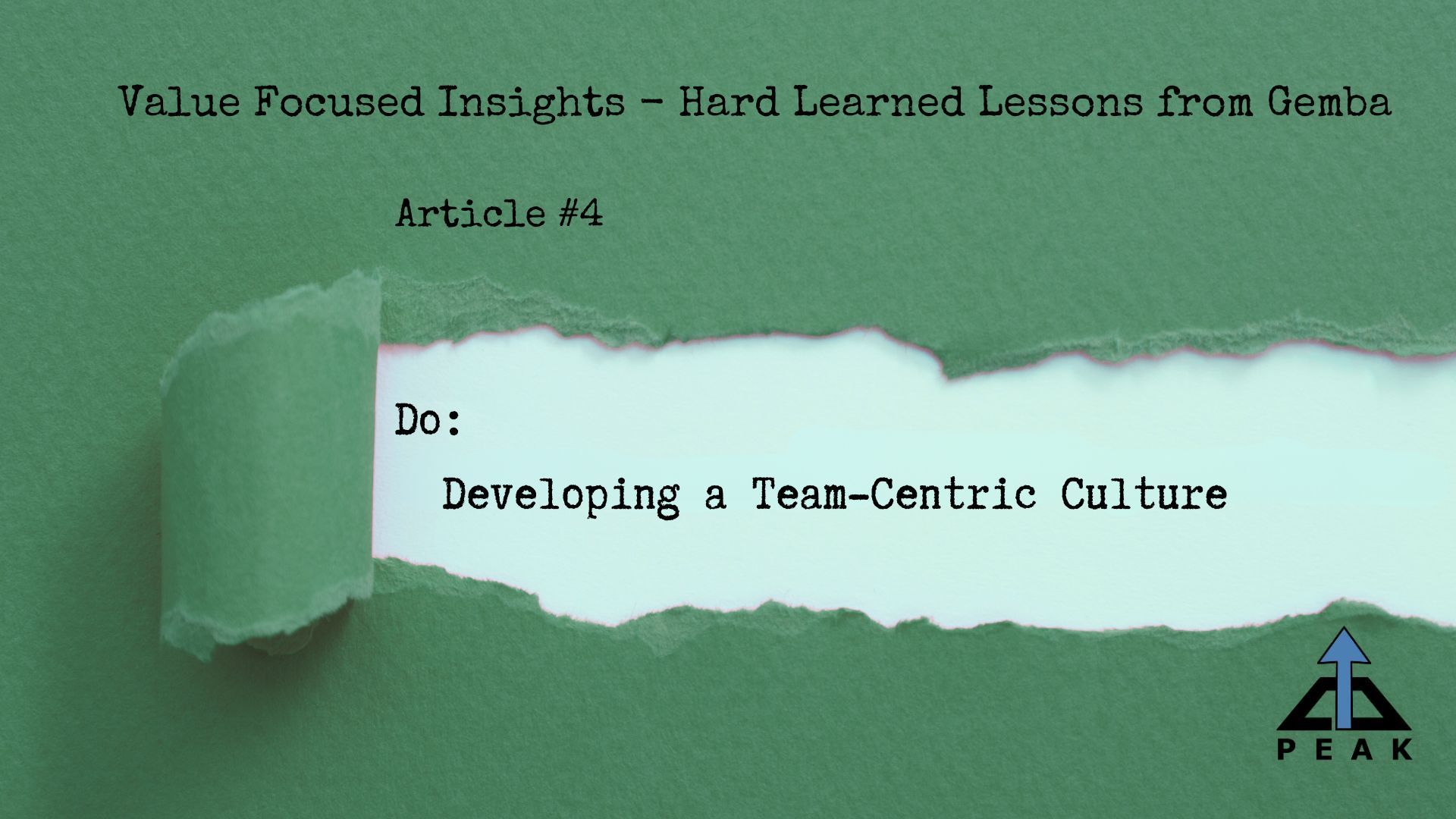
- What drives the people in your organization and how does your management behavior influence it?
- Do you have a group of individuals that only work together when it's favorable for them or do you have a team that is selflessly focused on collective success?
- How do you convert a team made up of "ME-people" into "WE-people"?
Beyond HR: Organizational Alignment
Building a team of "WE-people" isn't confined to HR policies; it's a holistic organizational effort. Aligning the right person with the right role requires a strategic blend of skills, attitudes, and cultural alignment. It's an investment in setting up individuals for success within a collaborative ecosystem. Are you pitting people against one another through goals and advancements, or are you creating win/win strategies and celebrating the right behaviors?
Sacrificing Individual Glory for Team Success
Individual achievements pale in comparison to the glow of team success. Fostering a culture where individuals willingly sacrifice personal accolades for the greater triumph of the team creates an environment where everyone is a contributor to the collective victory.
How do you get people to be less about themselves and more about the team? Your approach should be one that transcends individual accomplishments, emphasizing the power of a collaborative and team-centric culture. The good news it doesn't have to necessarily start with your onboarding or selection process. That can easily be adjusted if you aren't getting people with the right values on the team. You can start from where you're at. Let's define how cultivating this mindset becomes a cornerstone for sustained excellence.
Attitude Trumps Skills
While skills are undoubtedly valuable, the right attitude is key and guides individual growth and team success. Initiative and perseverance, integral aspects of one's attitude, often play a more pivotal role than a specific skill set. You can teach skills, but having a proactive and resilient mindset is a far more important in the real world. Pure breeds with great pedigrees are nice to look at, but some dogs just don't hunt. Beware of entitlement.
Organizations in smaller towns often take advantage of great local talent and 2nd generation employees - don't be afraid of being who you are. Common sense, the ability to solve problems in a simple manner, treating people with respect and good character are more valuable within a team setting than who your parents know.
Aligning Individual Deliverables with the Value Stream
For a team to function seamlessly, each member should understand their role within the broader context of the value stream. It's about aligning individual deliverables with the collective objectives - what defines victory. This requires clear communication, defining responsibilities, and ensuring everyone comprehends how their contributions fit into the larger puzzle. Most sports fans will know the expression - "focus your efforts on doing your job." If you haven't sat down and developed this as a management team in detail - how can you begin to know what staffing levels are needed?
Standard Work for Consistency
Consistency in action leads to reliability of results. Establishing good standard work and leader standard work ensures that everyone is on the same page. It provides a roadmap for tasks, deadlines, and expectations. In a team-centric environment, consistency fosters trust and enables each member to depend on their peers. Imagine the choreography and foresight that happens before the pitch and then during a baseball play. Before - every player reviews what they will do if the ball comes to them. During - they execute to the plan. Disciplined adherence to standard work, along with a good PDCA process to improve it through honest reflection and problem solving is vital to a team-first culture.
The Right Personality for the Right Role
Organizations aren't just about skill matches; they're about aligning personalities with roles. If an individual's role demands supporting others, a customer-focus and helpful personality is essential. Avoiding conflicts and ensuring smooth collaboration often hinge on having the right personalities in complementary roles. We need good teammates and coaches who can help, not more critics or those not willing to get their hands dirty. Make sure people can be successful while not having to suppress or fight their personalities.
Nothing is more chaotic as when everyone on the team thinks and acts the same. Ensure your diversity promotes internal / personality differences as well as externals to avoid groupthink. Not everyone should want to be a CEO to make the cut. It's alright to have great individual performers who are happy doing the grind for 25 years. Imagine a team that doesn't rotate every 15 months!
Mindset: A Catalyst for Success
A team-first mindset goes beyond mere cooperation; it's about the eagerness to contribute to something larger. Individuals who find joy in making a difference, who are genuinely interested in their work, and who seek continuous improvement are the linchpins of a thriving team. The right mindset isn't just a predictor of success; it's the engine that drives it. If you've done a good job of designing your organization around team-centric values, people will adjust. In the case of the lone wolf - they might leave, but in my experience, most do come around eventually and become great teammates.
Conclusion: Building a culture where "WE > ME" isn't just a slogan but a way of operating that transforms a group of individuals into a cohesive, high-performing team. The success of each becomes intertwined with the success of all, creating an upward spiral of achievement and satisfaction. In prioritizing the collective over the individual, organizations don't just thrive; they evolve into dynamic entities capable of tackling challenges with unity and resilience.
Peaks and Valleys.....


